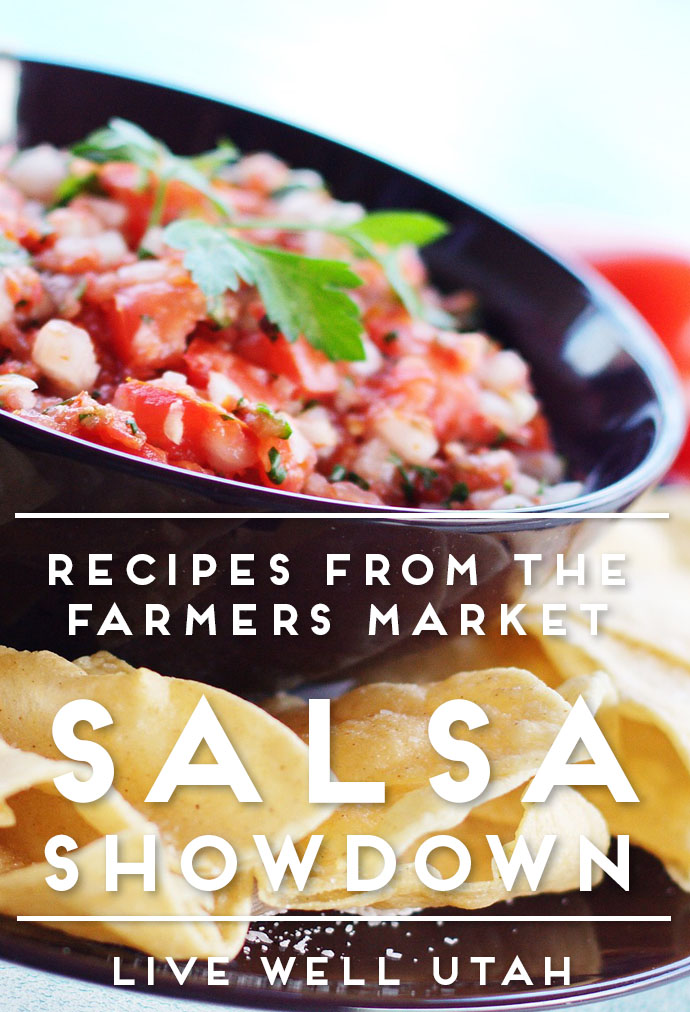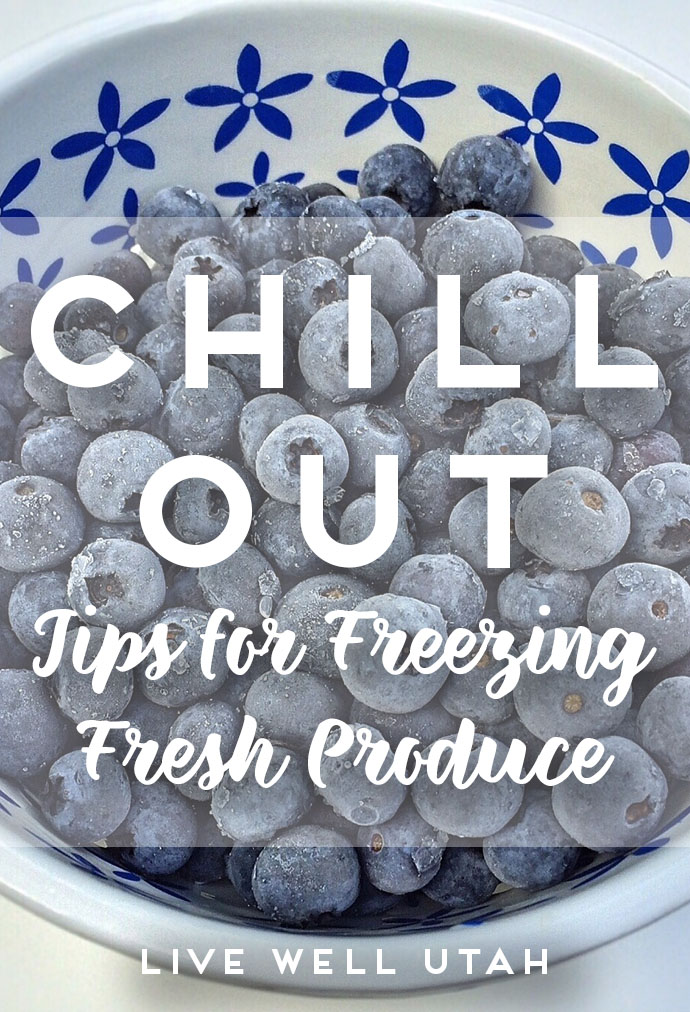Zucchini, Zucchini, Zucchini….Zucchini?
 Do you have more zucchini than you know what to do with? Give these recipes a try!
Do you have more zucchini than you know what to do with? Give these recipes a try!
I’ve never met anyone who has too little zucchini. It is easy to grow…and grow it does! Zucchini is a healthy vegetable — with a surprisingly high amount of vitamin C. Other than making your basic zucchini bread or once again making fried zucchini for the millionth time, there are many other fun ways to use it.
Home Canning
Although it is NOT recommended to can cubed or sliced zucchini (or other summer squash), there are tested zucchini canning recipes. Safe recipes are available for zucchini-pineapple and pickled bread-and-butter zucchini. The added acid in these recipes helps make them safe.
Check out the fact sheet “Preserving the Harvest: Zucchini”
Freezing
Shredded zucchini freezes beautifully and can be pulled out year-round to make up a yummy chocolate zucchini cake!
For directions on how to freeze zucchini go here.
Want the yummy chocolate zucchini cake recipe too? Try this one.
Drying
Few people think about it – but zucchini actually dries quite nicely.
Choose young, slender zucchini. (Those huge overgrown zucchini won’t be very tasty once you dry them). Cut into ¼-inch slices, and dry at 125 F until brittle. Dried zucchini works nicely in soups and casseroles.
Squash Blossoms
What? Eat the blossoms? You bet! They are edible and quite tasty either raw or cooked. Cut the blossoms midday when the petals are open, and leave a bit of stem. Rinse blossoms and put them in ice water until ready to use. You will want to use the blossoms up within 4-6 hours.
Squash Blossom Frittata
- 3-4 zucchini blossoms
- 1-2 baby squash
- 4 eggs
- Dash of milk
- 2 green onions
- Asiago cheese
- Chopped parsley and snipped chives (optional)
- Salt and pepper to taste
Pick 3 to 4 blossoms per person and 1 or 2 baby yellow or green summer squash. Rinse blossoms well and drain on paper towels. Beat 4 eggs with a little milk. Add fresh chopped parsley and snipped chives, if desired. Add salt and pepper to taste. In a non-stick pan, sauté a little butter and cook 2 green onions and thinly sliced baby squash just until soft. Then quickly sauté the blossoms for about 30 seconds and remove from pan. Pour egg mix into pan, sprinkle and arrange the onions, squash and blossoms on top and cook over low-to-medium heat until almost set. Sprinkle with Asiago cheese and put under the broiler until lightly puffed and browned.
So — do you have some new ideas? I hope so! However, if you are still on the hunt for a great zucchini bread recipe, check this one out. Included are helpful step-by-step directions and tips.
This article was written by Darlene Christensen, USU Extension associate professor, 435-277-2406, darlene.christensen@usu.edu
References:
https://snaped.fns.usda.gov/seasonal-produce-guide/summer-squash
https://extension.illinois.edu/veggies/ssquash.cfm

 Farmers markets: we’ve told you where to find them, why to shop them, and how to meal plan around what you find there. Many have special events and activities to help create a community around the farmers market. At the
Farmers markets: we’ve told you where to find them, why to shop them, and how to meal plan around what you find there. Many have special events and activities to help create a community around the farmers market. At the  Help prepare your older children to be responsible babysitters with these tips and ideas.
Help prepare your older children to be responsible babysitters with these tips and ideas. During the summer, fruits and vegetables are abundant — so don’t waste the opportunity for fresh produce because you may not have time to bottle it. Chill out: Use your freezer!
During the summer, fruits and vegetables are abundant — so don’t waste the opportunity for fresh produce because you may not have time to bottle it. Chill out: Use your freezer!
 A light supper, a good night’s sleep, and a fine morning have often made a hero of the same man who, by indigestion, a restless night, and a rainy morning, would have proved a coward.
A light supper, a good night’s sleep, and a fine morning have often made a hero of the same man who, by indigestion, a restless night, and a rainy morning, would have proved a coward. Grandma used a steam canner all summer long, but you’ve heard they are not safe. Read up on what the latest research has to say about steam canning.
Grandma used a steam canner all summer long, but you’ve heard they are not safe. Read up on what the latest research has to say about steam canning.
 Ready or not, school will be starting soon for many Utah kids (if it hasn’t already). When kids walk in the door after school, they are STARVING. Let the aroma of this crockpot bread entice them beyond the cookie jar. It’s ready when they are!
Ready or not, school will be starting soon for many Utah kids (if it hasn’t already). When kids walk in the door after school, they are STARVING. Let the aroma of this crockpot bread entice them beyond the cookie jar. It’s ready when they are!